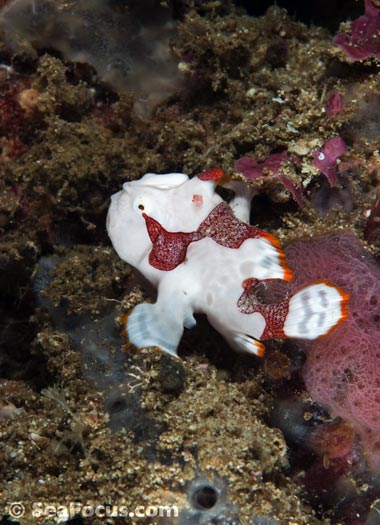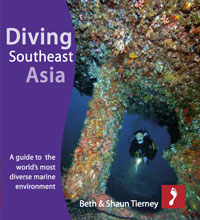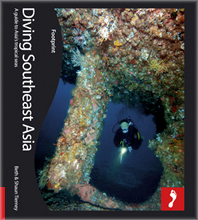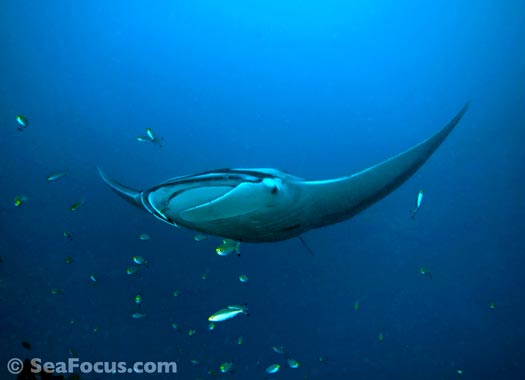
|
|
||||||||||||||||||||||||||||||||||||||||||
| Diving South Raja Ampat | West Papua | Indonesia | ||||||||||||||||||||||||||||||||||||||||||
 |
||||||||||||||||||||||||||||||||||||||||||
|
The Raja Ampat islands of Batanta, Waigeo, Salawati and Misool are now famous in scuba diving circles. Lying off the north eastern side of West Papua (or Irian Jaya as it was known in the past) most liveaboard itineraries focus on the very special dive sites around Batanta and Waigeo. However, heading further south there are equally impressive dive sites around Misool and along the coast of Western Papua near Triton Bay. The north and south regions are surprisingly different to each other yet both are marked by stunning topside scenery. Beneath the water, the southern area is more about steep pinnacles and submerged reef mounds mobbed by huge – really huge – schools of fish. The southern-most section of some liveaboard schedules involves diving off the West Papua coast with many sites inside coastal bays, including the stunning Triton Bay. Visibility tends to be lower than elsewhere, but the bonus is an outstanding number of large animals from reef sharks to Napoleon wrasse to manta rays. Soft corals, especially black corals, are prolific around these coastal regions. |
||||||||||||||||||||||||||||||||||||||||||
| South Raja Ampat and Triton Bay dive photo gallery | Scuba diving features | |||||||||||||||||||||||||||||||||||||||||
|
||||||||||||||||||||||||||||||||||||||||||
| INFORMATION | EXPLORE | |||||||||||||||||||||||||||||||||||||||||
| PROS and CONS |
Just like diving around the northern areas of Raja Ampat, if there is anything negative about diving further south, we never saw it. There are no crowds and the most incredible diversity of marine life. Getting there is easy enough but a stopover in Manado to get over any jet-lag is a good idea. If you do the Triton Bay route, you will finish in Kaimana. Getting back from there is best described as an adventure. |
|
||||||||||||||||||||||||||||||||||||||||
| SCUBA DIVING |
Conditions are typical of Indonesia, currents can be strong at times (but less often than in the north) and minimal at others. The dive sites include walls, pinnacles and occasional sloping reef mounds. We encountered masses of wobbegong sharks, mantas at Larry's Heaven In Triton Bay (named for the legendary Larry Smith) and also dived the infamous blue water mangroves, which were very interesting – and no, no crocodiles. Macro life was less evident as there were fewer 'muck' sites than in the north but we still saw large numbers of pygmy seahorses including the latest find, Hippocampus Pontohi dancing about in groups of 5 or 6 on a bommie. |
|||||||||||||||||||||||||||||||||||||||||
| OPINION |
Visiting Triton Bay was a bit of a pilgrimage for us as it was the last place that our friend Larry Smith explored shortly before his death. It is a fantastic, and still somewhat unexplored area that threw up stunning dive after stunning dive. However, what defined this region as a whole was the daily event of getting in the water and seeing so may fish you could hardly see your buddy. |
|||||||||||||||||||||||||||||||||||||||||
| MAP | ||||||||||||||||||||||||||||||||||||||||||
|
||||||||||||||||||||||||||||||||||||||||||
|
|
|||||||||||||||||||||||||||||||||||||||||
|
|
||||||||||||||||||||||||||||||||||||||||||






















